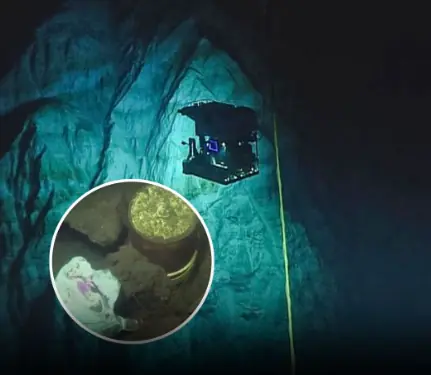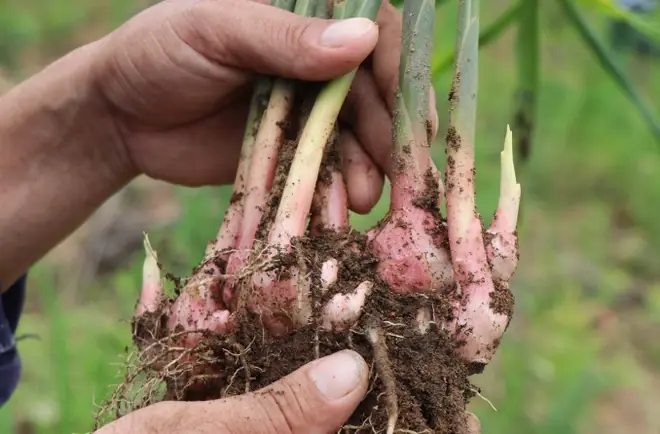
Is bee sting da.ng.erous and what is first aid?
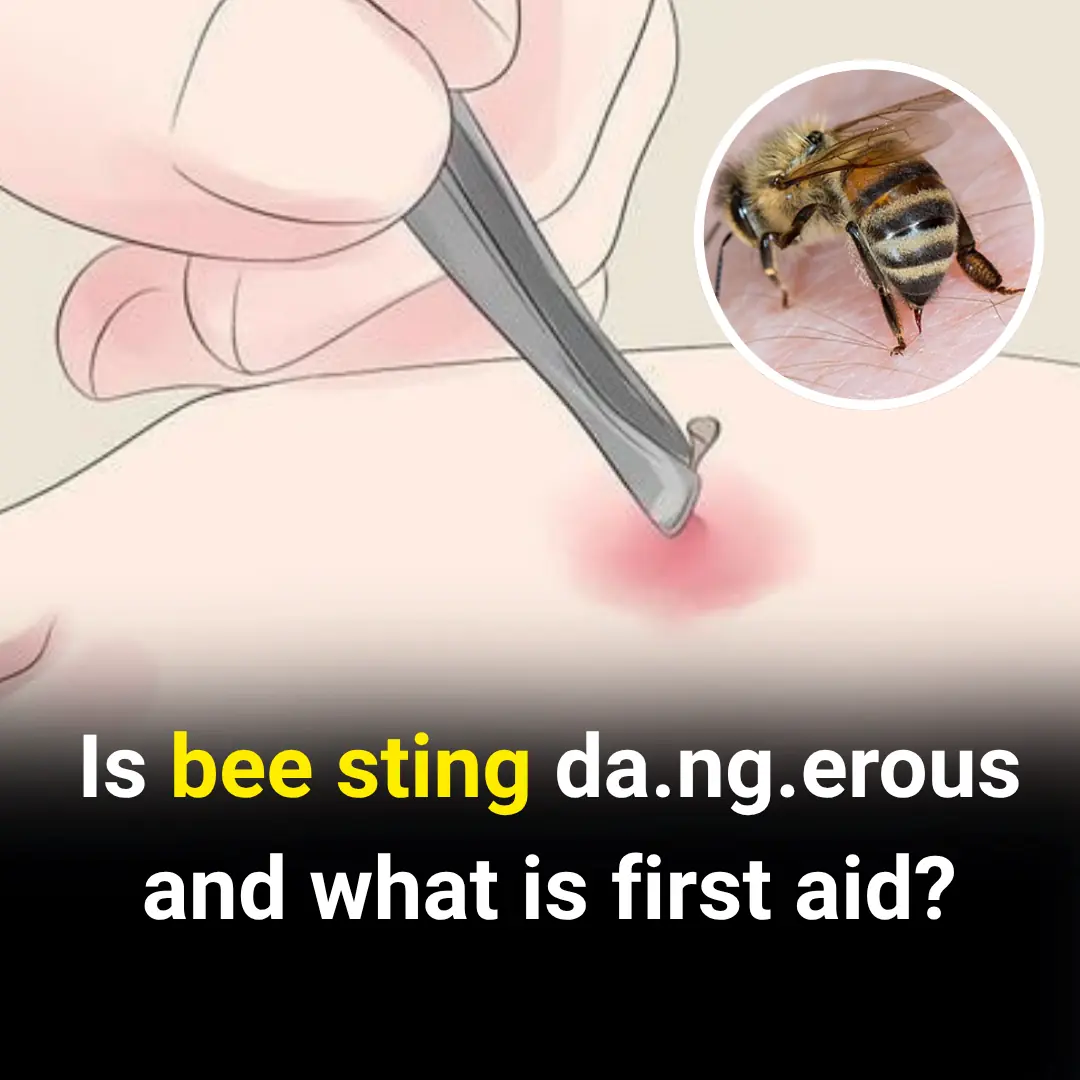
1. Cases that require immediate medical attention after a bee sting
According to doctors’ recommendations, in the following situations, individuals stung by bees must be taken to a medical facility as soon as possible:
-
The person stung shows signs of an allergic (anaphylactic) reaction: significant swelling at the sting site, widespread itching rash, difficulty breathing, severe fatigue, etc.
-
Multiple stings (more than 10 stings), especially by hornets, wasps, honey bees, or unidentified bees in forested or mountainous areas.
-
Stings located on sensitive areas such as the face, neck, mouth, or throat; or the victim experiences discomfort such as severe pain.
2. First aid measures after a bee sting
When you realize you’ve been stung by a bee, take the following steps:
-
Quickly move away from the area where bees are present.
-
Remove the stinger gently by scraping it out (you can use your fingernail to scrape in the direction of the stinger) or use tweezers. Most bees leave behind the stinger and venom sac at the sting site. Avoid squeezing it with fingers to prevent the venom from spreading.
-
Wash the affected area with soap and warm water. Apply an antiseptic solution such as 10% Povidone-iodine or 70% alcohol to the sting area twice a day.
-
Drink plenty of water to help flush out toxins.
-
Apply a cold compress to the sting site to reduce pain and swelling.
-
After these first aid steps, the person stung should be monitored closely and taken to a medical facility for further examination.
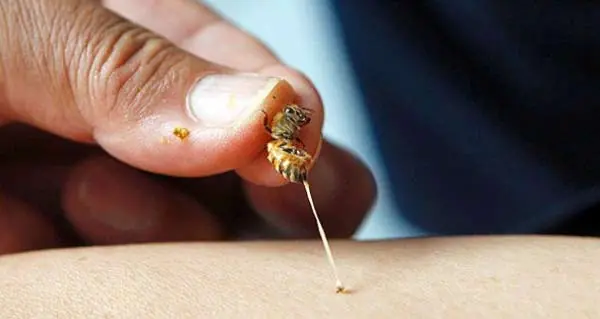
3. Prevention measures against bee stings
Some bee species have mild venom, but others can be highly toxic and pose serious health risks. Therefore, proactive prevention is the safest approach.
-
Avoid contact with bees. Do not disturb or provoke beehives.
-
If a bee flies near, do not run. Stand or sit still without movement (this will prevent the bee from following).
-
Don’t leave your house neglected, which may encourage bees to nest. Regularly clean and clear bushes or shrubs around the home.
-
When going into forests or on picnics, avoid wearing brightly colored clothes. Do not use perfumes, scented shampoos, or sweet-smelling cosmetics, as these can attract bees.
-
Do not go barefoot or wear overly loose clothing. Wear a hat with a protective net, gloves, and thick, tightly woven clothing.
News in the same category


4 Types of Fish That Are Prone to Heavy Metal Contamination — Even Sellers Rarely Eat Them
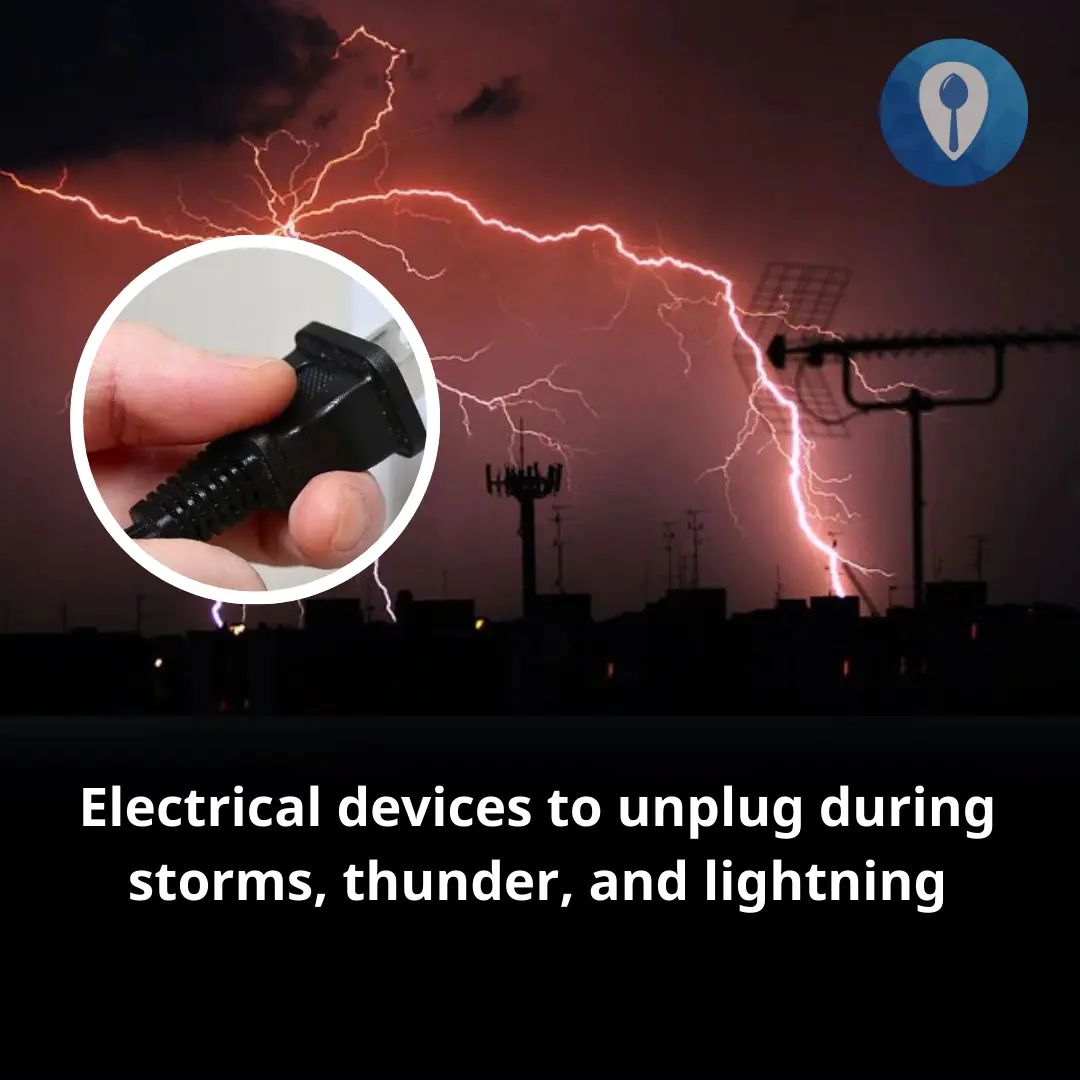
Electrical devices to unplug during storms, thunder, and lightning
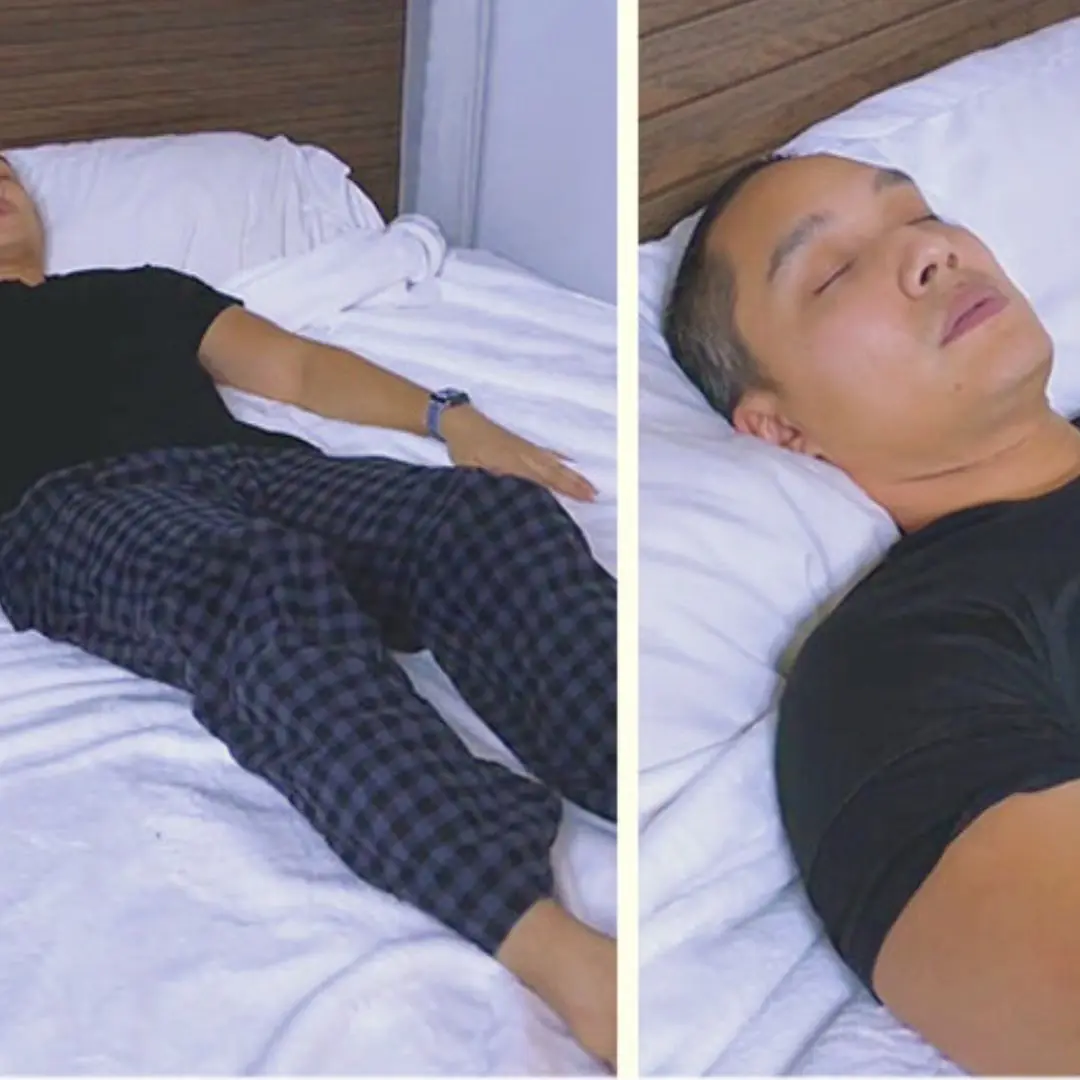
The Military Sleep Technique That Can Help You Fall Asleep in 2 Minutes

Why shouldn't you set the air conditioner to 26°C at night?
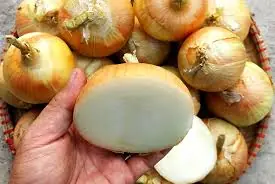
9 out of 10 people store onions incorrectly: Here's why you shouldn't keep them in the fridge
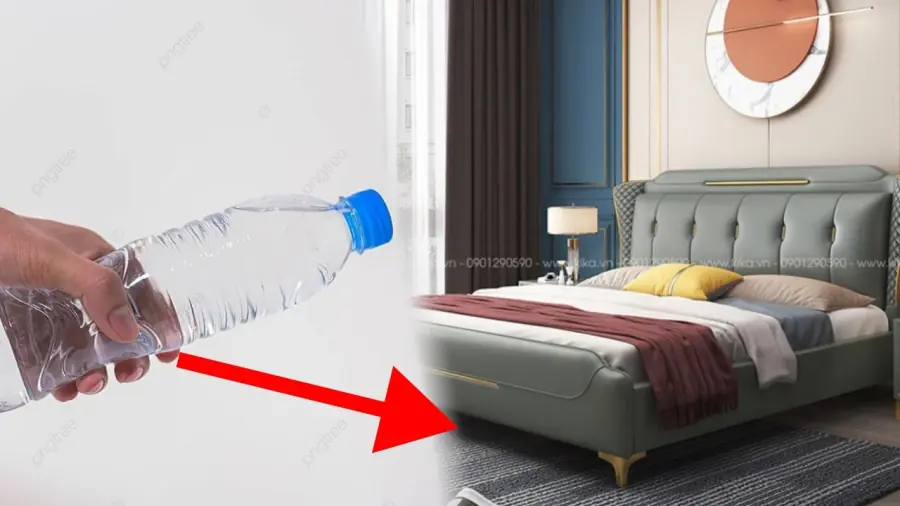
Smart travel tip: Why you should toss a water bottle under your hotel bed?
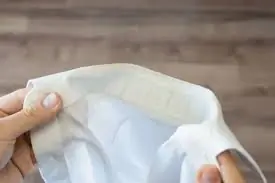
Don't throw away your yellowed white shirts - try this soaking method to make them bright and as good as new

Easy lemon storage hacks that keep them fresh for a long time
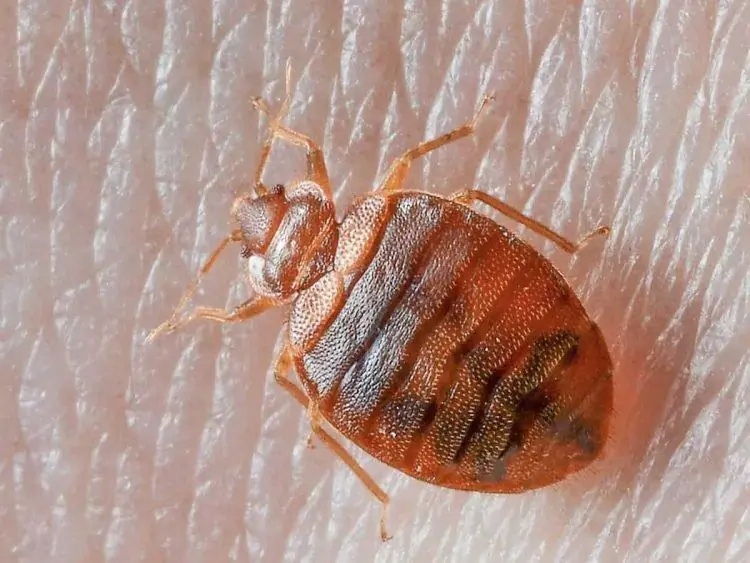
Natural Pest Control: Using Diatomaceous Earth and Cloves Against Bed Bugs and More
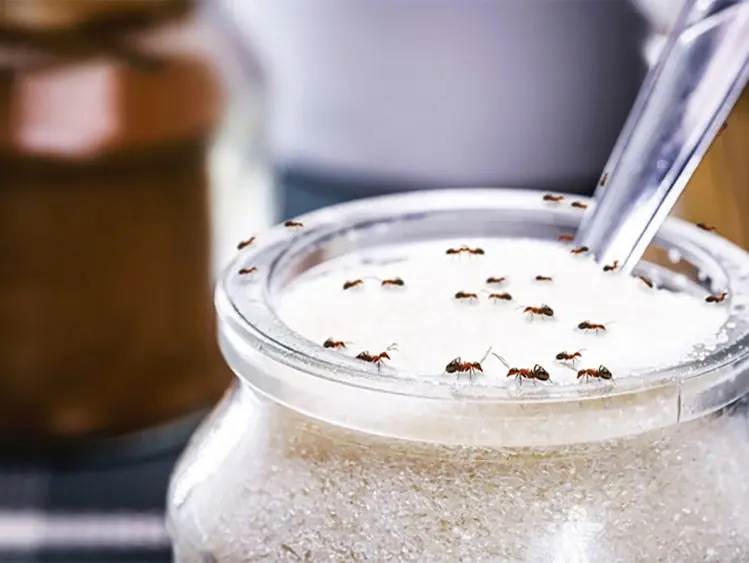
Tips to Quickly Get Ants Out of Sugar Jars and Keep Them Away for Good
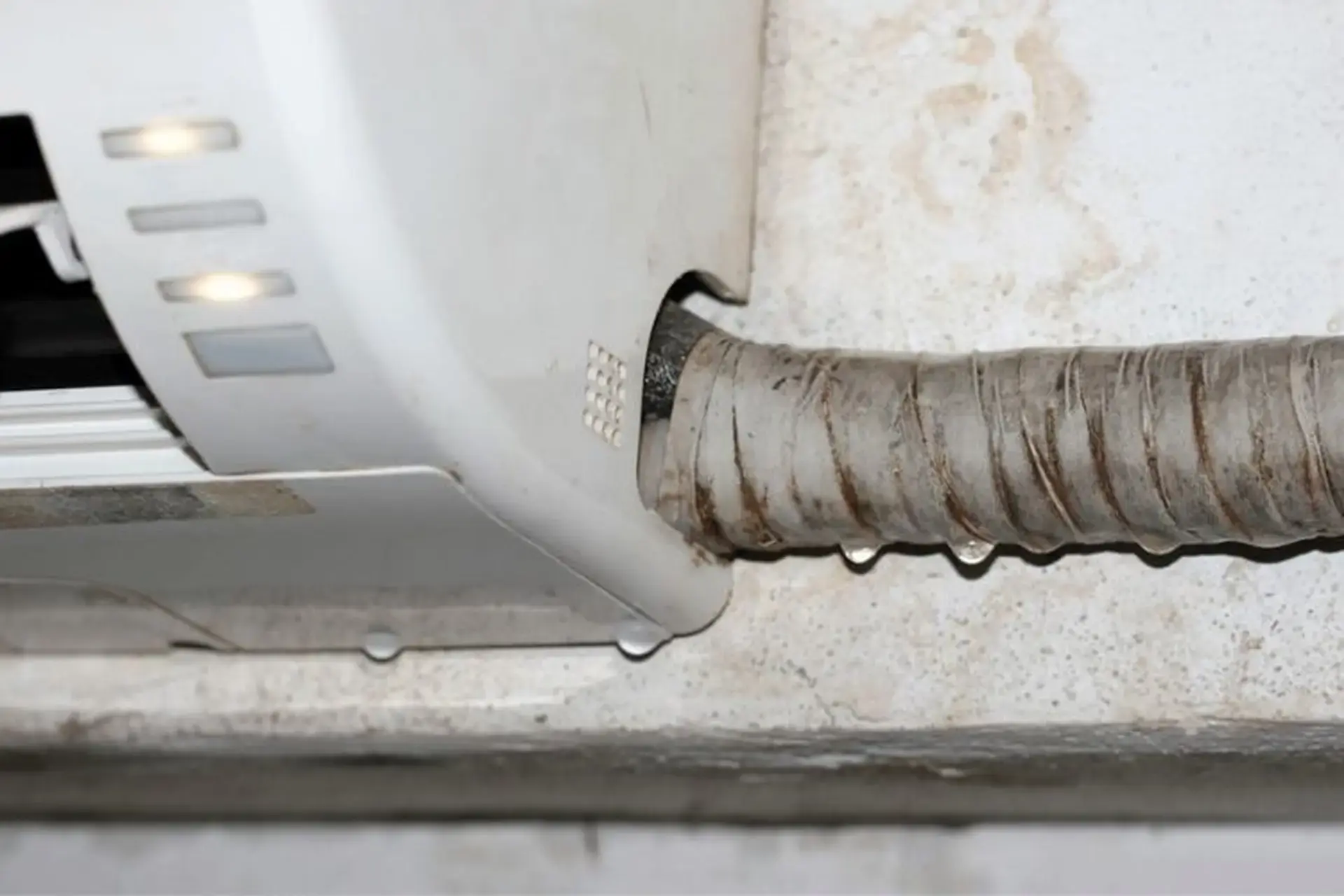
Common causes of water leaks from air conditioners and how to fix them.

Keep Ginger Fresh and Intact for a Long Time With This Simple Trick
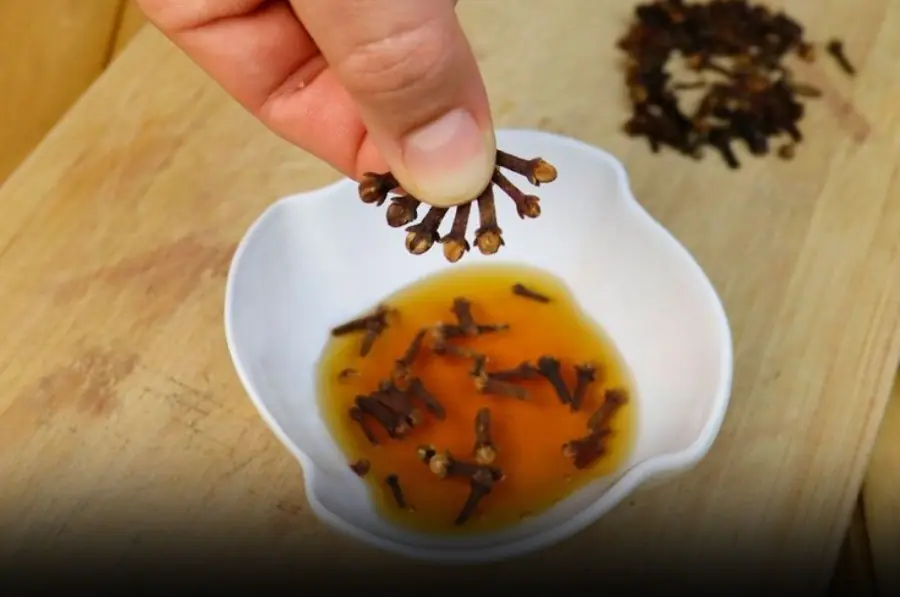
Mix cloves, honey, and cinnamon and you will thank me! This is my grandmother's secret...

Experts Warn: Never Unplug These 7 Household Devices — You Won’t Save Money, and It Could Cause Even More Harm
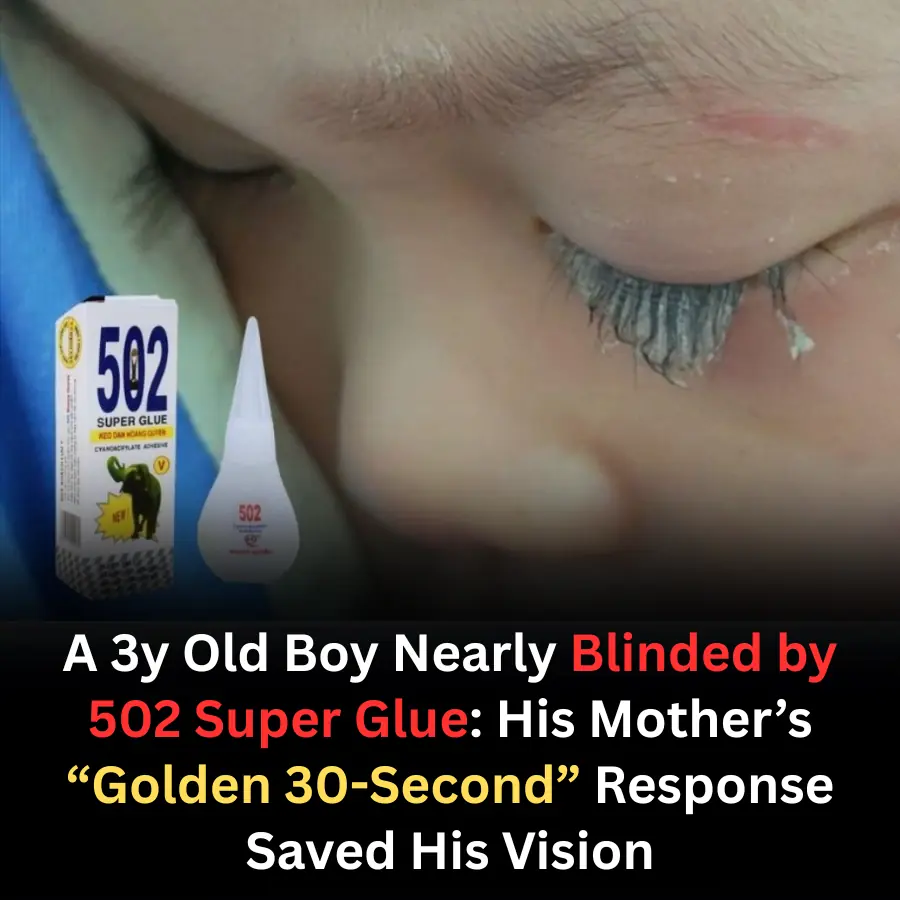
A 3-Year-Old Boy Nearly Blinded by 502 Super Glue
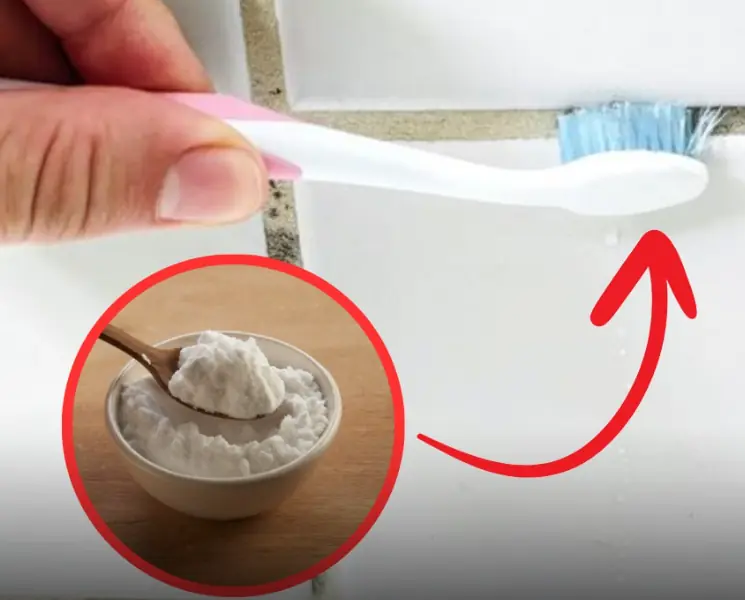
Simple hack to remove mold from bathroom grout using just 2 common ingredients - Better than bleach!

Smart people unplug the TV when checking into a hotel - Knowing why you will do it immediately
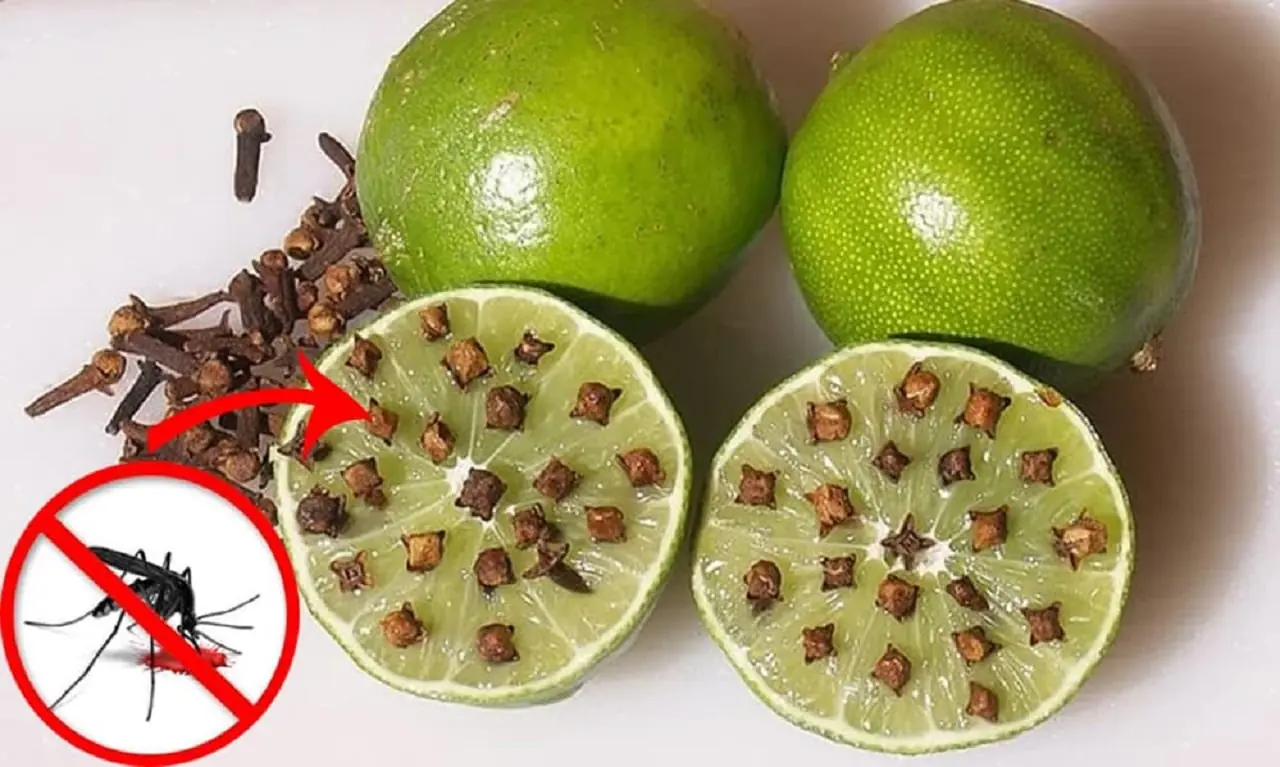
Don’t Throw Away Lemon Peels: Smart, Natural Ways to Clean and Freshen Your Home
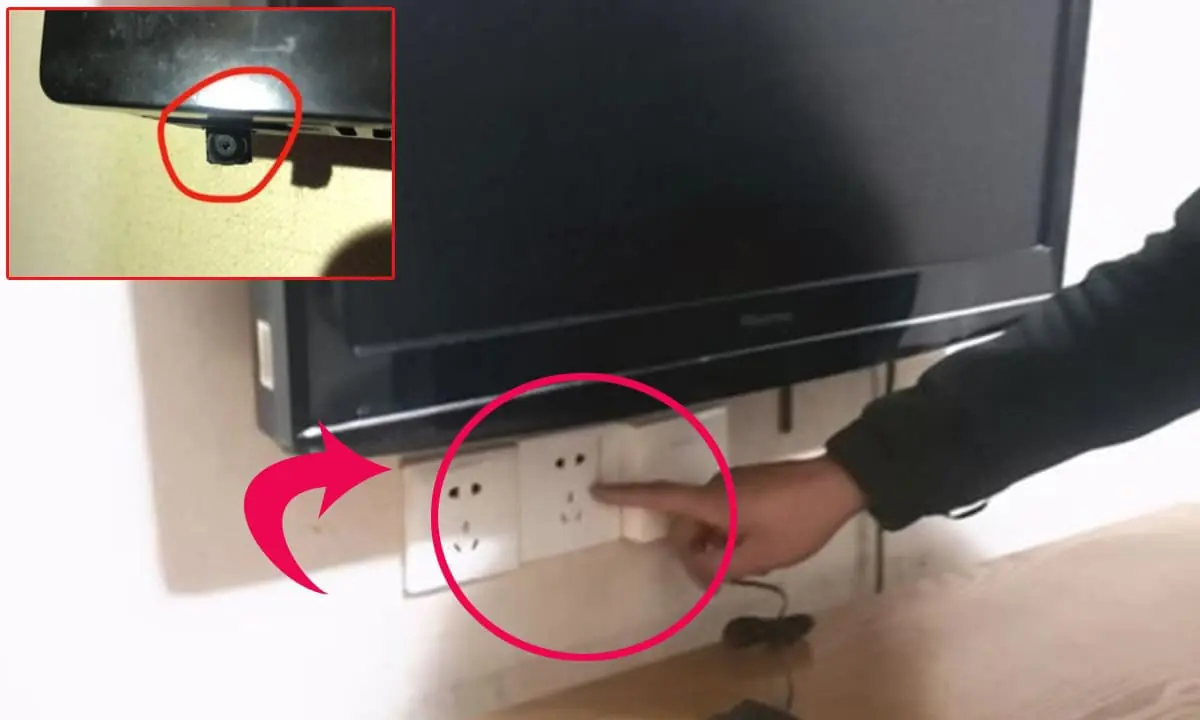
Why smart travelers always unplug the hotel TV when they arrive?
News Post
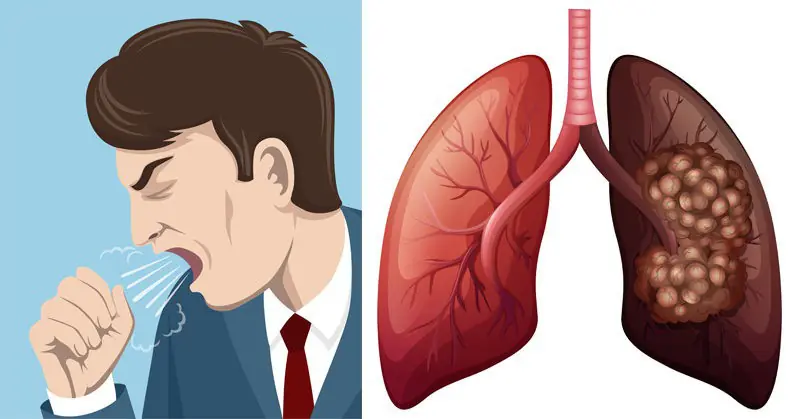
Persistent Cough, Lingering Flu Symptoms: Warning Signs of Lung Can.cer Often Mistaken for “Minor ill.nesses”
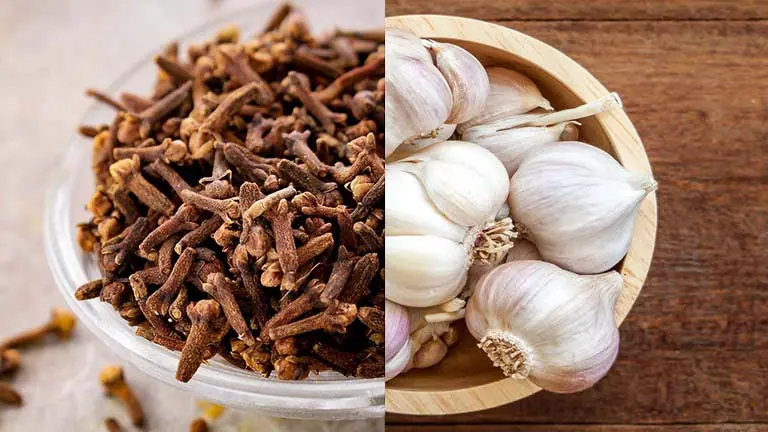
Leg pain, rheumatism, varicose veins, arthritis – a natural remedy with cloves and garlic that many people don't know about
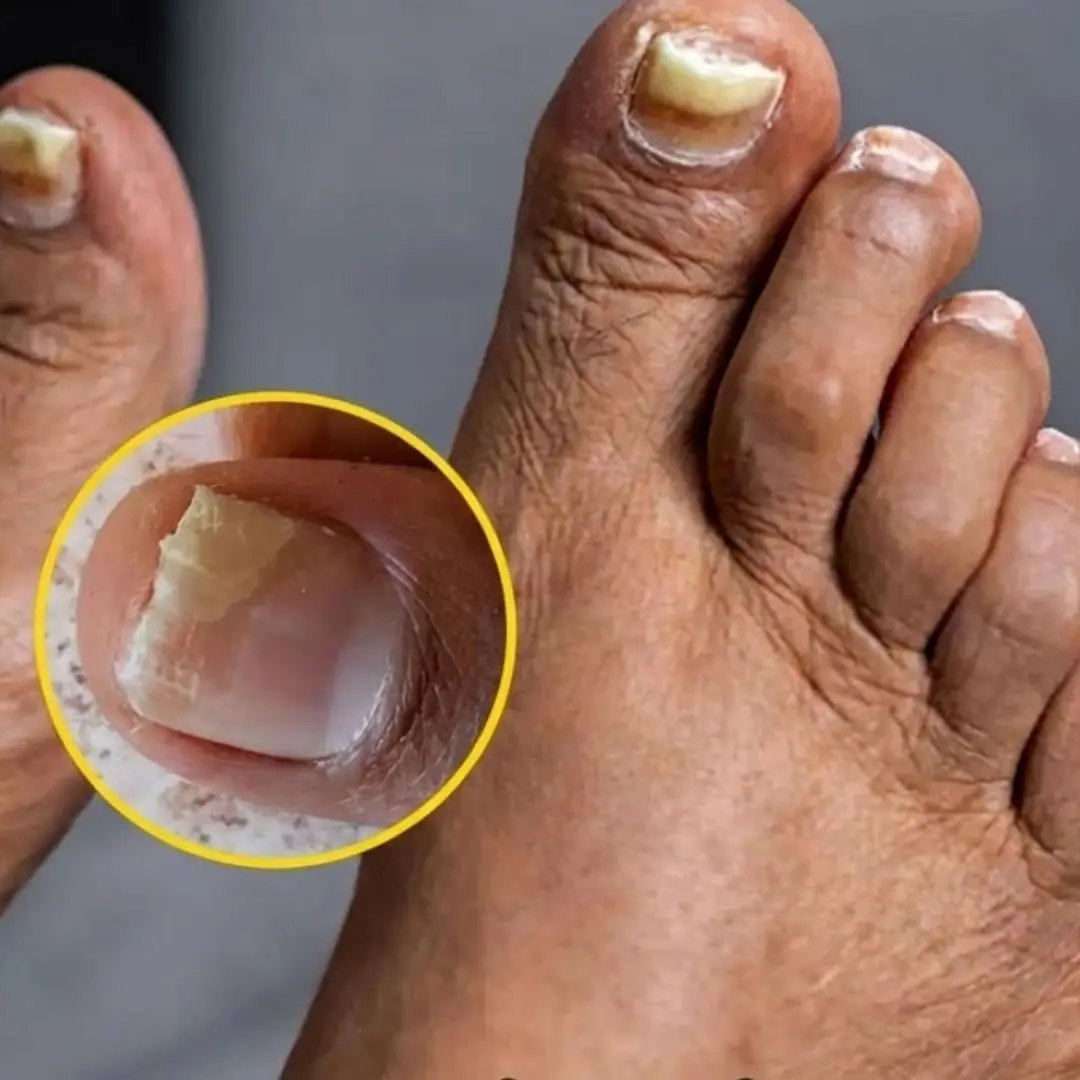
Health Expert Reveals Warning Signs of Two Silent Foot Killers and How To Spot Them
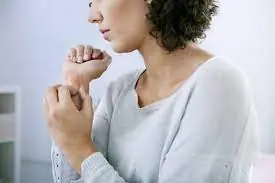
Itching at night, woman goes to the doctor and learns she only has 8 months to live
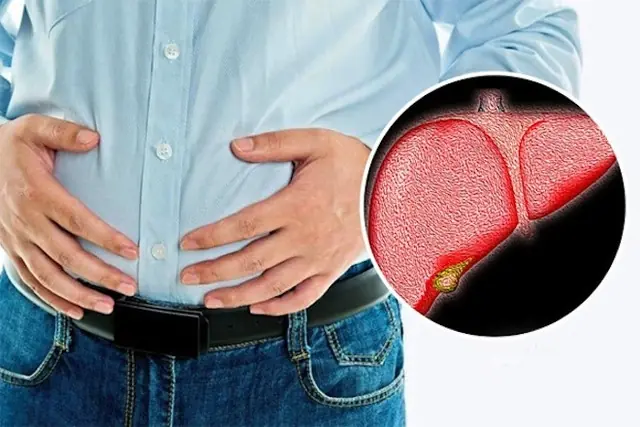
Fatty liver dis.ease: A foot symptom that may suggest advanced - irreversible dis.ease

The truth you may not know about eating eggs every day
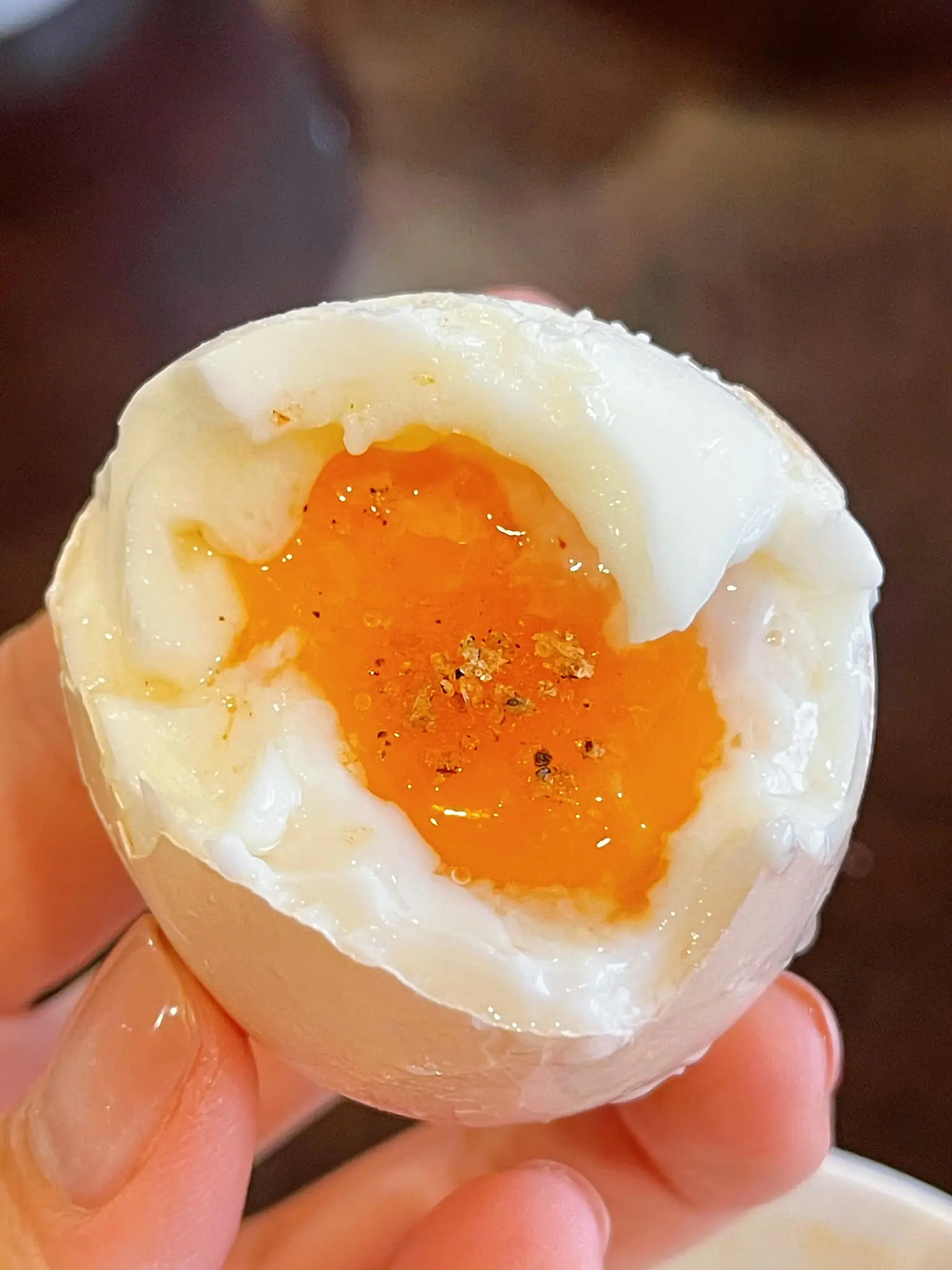
Doctors say this popular boiled-egg habit may quietly clog your arteries

How to grow ginger at home easily and enjoy fresh ginger all year round
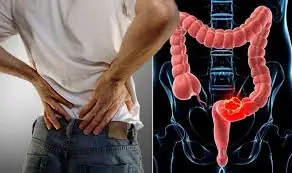
How Do Bowel Movements Change With Colon Cancer?
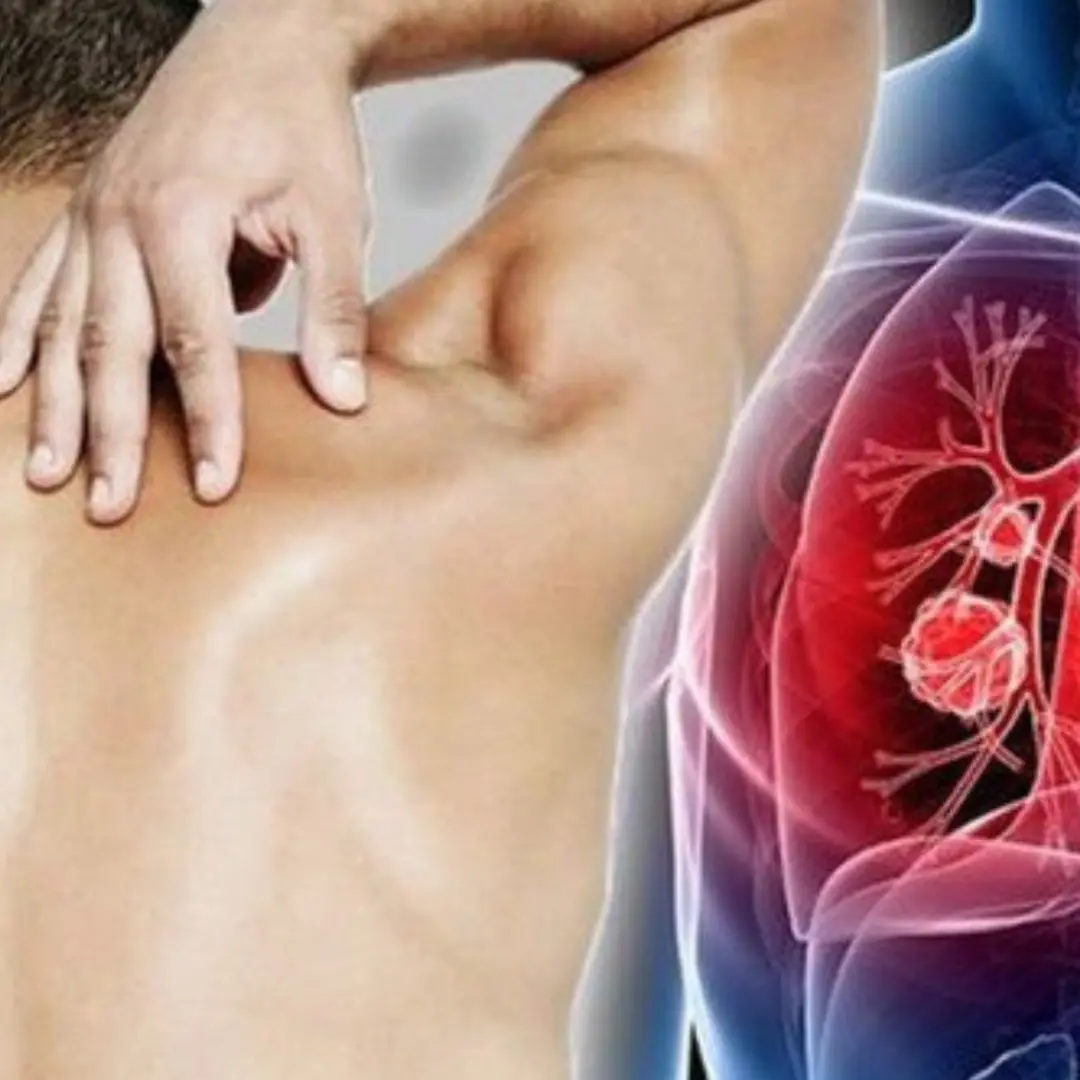
A 29-year-old man unexpectedly discovered he had lung cancer and admitted to a mistake many Vietnamese men make
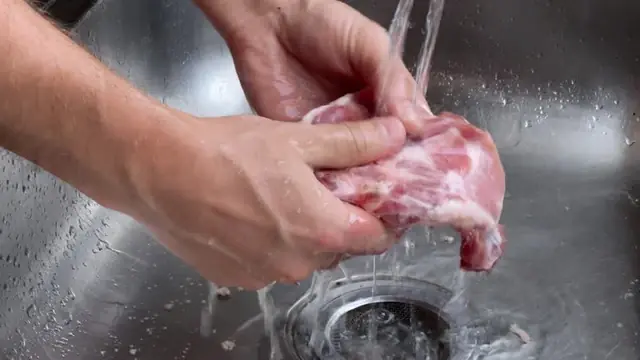
Should You Wash Meat and Fish Bought from the Supermarket?

How to Drink Dried Lotus Leaf Water Safely and Effectively to Lose Weight and Lower Blo.od Lipids
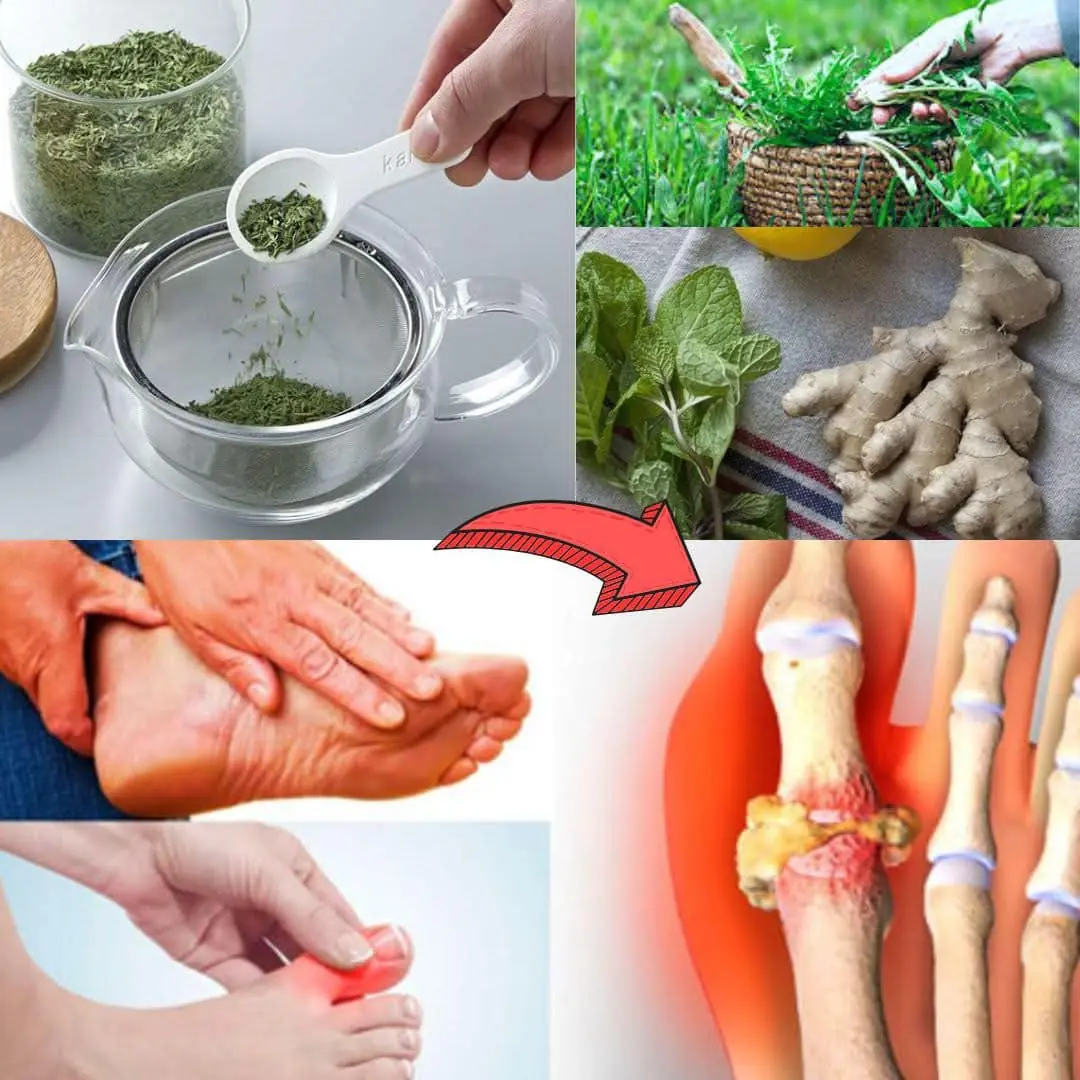
Drink This Tea, and You’ll Never Have Swollen Legs, Ankles, or Feet Again!

4 Types of Fish That Are Prone to Heavy Metal Contamination — Even Sellers Rarely Eat Them
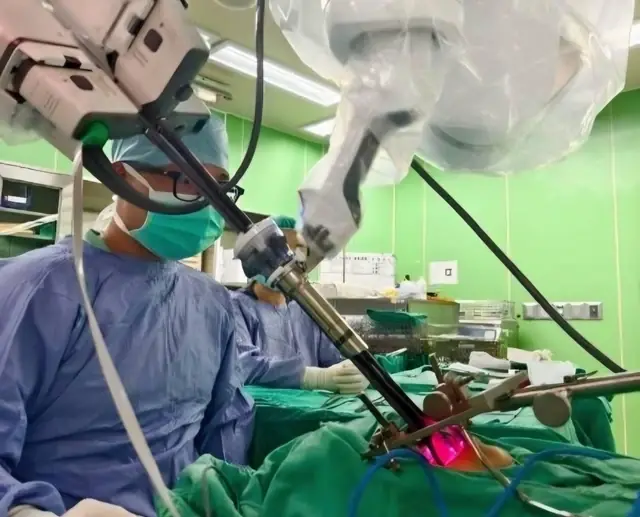
Late-Stage Can.cer Discovered Thanks to… Snoring During Sleep: The Woman Cried, “I Don’t Want to Lose My Voice!”

More and more people are dy.ing from diabetes. Doctors warn: In cold weather, it’s better to eat plain white rice than to keep doing these 4 things

7 signs that you should stop drinking coffee

This One Superfood Could Tackle Major Health Issues—Here’s What You Need To Know
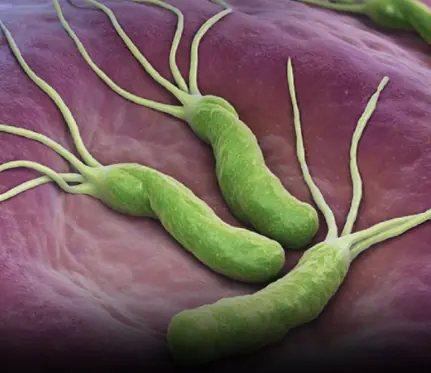
How to Treat H. Pylori (Helicobacter Pylori) Naturally Without Antibiotics
